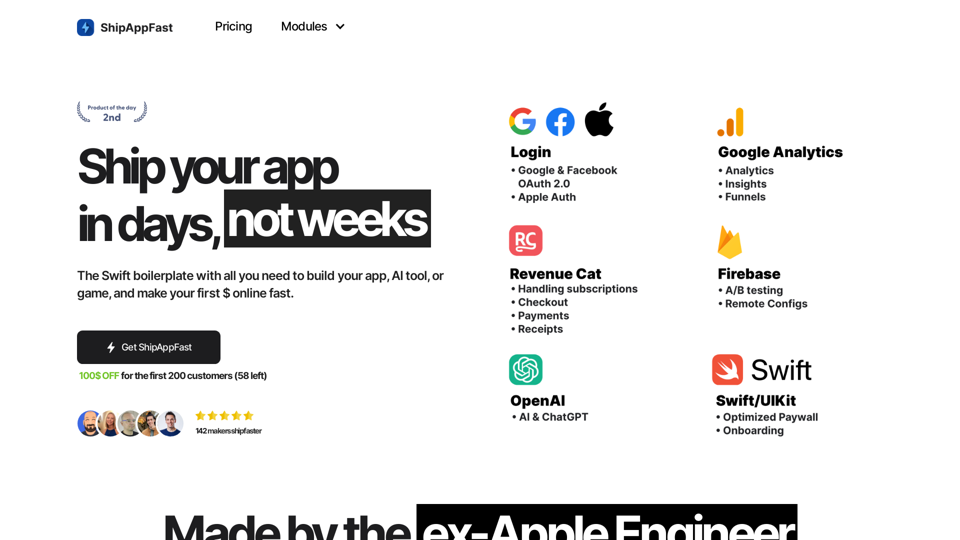Scrape G2 Reviews And Download To Excel - Extract G2 is a powerful Chrome extension designed to streamline the process of gathering and analyzing product reviews from G2. This free tool enables users to instantly download G2 product reviews and export them to Excel with a single click. By leveraging AI technology, it assists users in conducting efficient product research, saving valuable time and effort.
Scrape G2 Reviews and Download to Excel - Extract G2 Reviews Data Easily
Instantly download G2 product reviews

Introduction
Feature
1-Click Export
Instantly extract G2 software reviews with a simple click, eliminating the need for manual data collection.
User-Friendly Format
Export reviews in an easily readable format, optimized for product analysis and decision-making.
AI Summary
Utilize artificial intelligence to summarize common themes found in user reviews, providing quick insights.
Easy Installation and Use
Simple installation process with no technical expertise required, making it accessible to all users.
Competitor Research
Ideal for analyzing competitor products and their user feedback to gain market insights.
SaaS Idea Generation
Facilitate the generation of new SaaS ideas by analyzing trends and user needs in existing software reviews.
Premium Features
Advanced Scraping
| Feature | Description |
|---|---|
| Bulk Scraping | Scrape 100+ pages in a single click |
| AI Summaries | Get AI-powered review summaries |
| Large-scale Downloads | Download thousands of software reviews seamlessly into Excel |
FAQ
How do I use Scrape G2 Reviews And Download To Excel - Extract G2?
Install the Chrome extension and navigate to the G2 product page you want to analyze. Click the extension icon to instantly scrape and export the reviews to Excel.
Is Scrape G2 Reviews And Download To Excel - Extract G2 safe to use?
Yes, the extension is developed by a reputable developer and contains no malware or spyware, ensuring user safety and data protection.
Who can benefit from using this tool?
This tool is beneficial for anyone researching software reviews, including product managers, marketers, entrepreneurs, and business analysts looking to gain insights from G2 reviews.
Latest Traffic Insights
Monthly Visits
193.90 M
Bounce Rate
56.27%
Pages Per Visit
2.71
Time on Site(s)
115.91
Global Rank
-
Country Rank
-
Recent Visits
Traffic Sources
- Social Media:0.48%
- Paid Referrals:0.55%
- Email:0.15%
- Referrals:12.81%
- Search Engines:16.21%
- Direct:69.81%
Related Websites
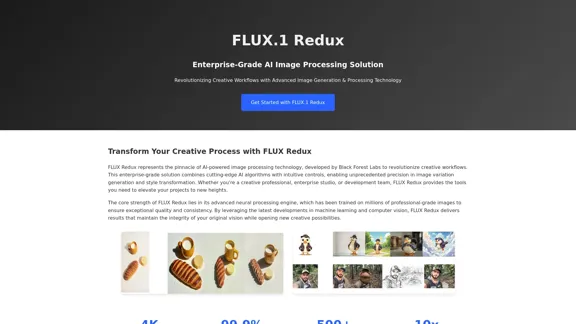
FLUX Redux - A Professional Tool for Generating AI Images
FLUX Redux - A Professional Tool for Generating AI ImagesFLUX Redux is an enterprise-level AI image processing tool that provides advanced features for generating variations, restyling, and enhancing images.
0
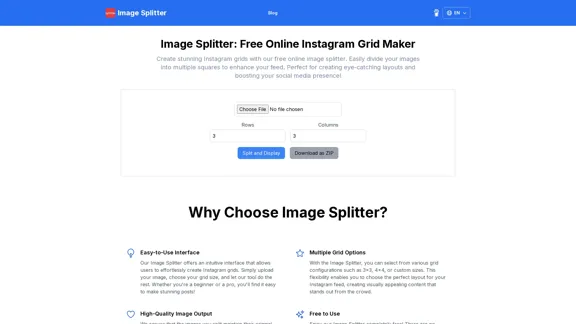
Create stunning Instagram grids with our free online image splitter. Easily divide your images into multiple squares to enhance your feed. Perfect for creating eye-catching layouts and boosting your social media presence!
0
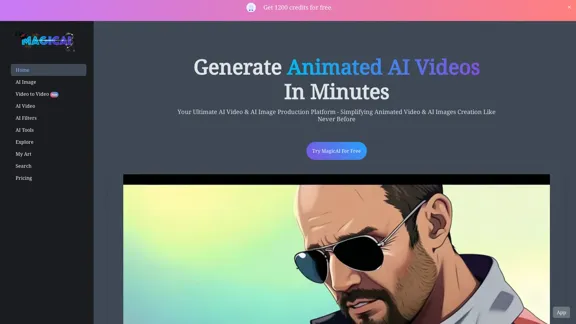
MagicAI - Free AI Image, AI Video, AI Tools, Anime Art
MagicAI - Free AI Image, AI Video, AI Tools, Anime ArtMagic AI is a free online AI image generator. Use it to create AI art, AI videos, posters, and more. It's easy to create anime art with our AI.
1.64 K
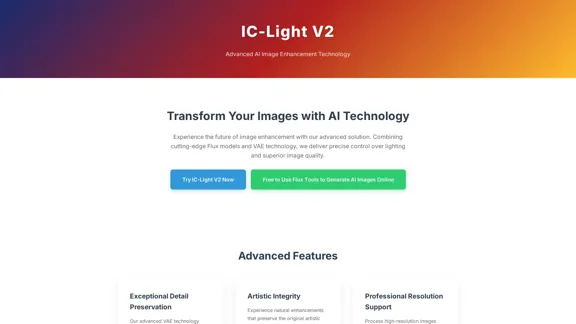
IC-Light V2: AI image enhancement tool with Flux models and VAE technology. Transform lighting and enhance image quality. Try our free demo today.
1.60 K

AI Hug | AI-powered Photo Embrace & Text-to-Video Creator
AI Hug | AI-powered Photo Embrace & Text-to-Video CreatorAI Hug brings people closer through AI. Create heartwarming embraces from photos and transform your words into captivating videos.
0
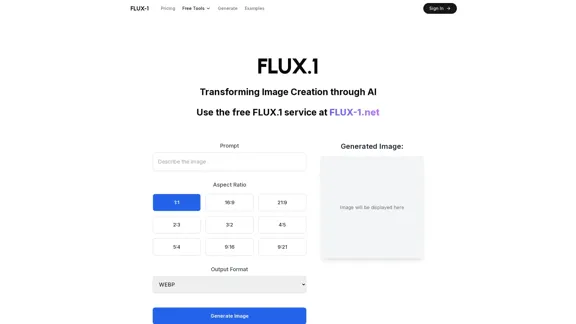
Free Flux.1 | Flux | flux image generator | FLUX-1.net
Free Flux.1 | Flux | flux image generator | FLUX-1.netFree FLUX.1, online FLUX, FLUX ai image generator, FLUX-1.net
149
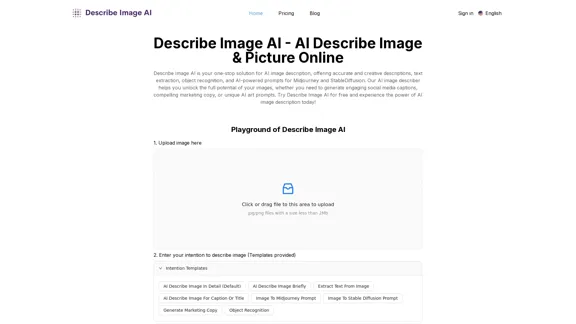
AI Describe Image & Picture Online, Free Trial This title describes an online service that uses artificial intelligence to analyze and describe images or pictures. The service offers a free trial period for users to test its capabilities. The AI technology can likely generate text descriptions of the visual content in uploaded images, helping users understand or categorize their pictures automatically.
AI Describe Image & Picture Online, Free Trial This title describes an online service that uses artificial intelligence to analyze and describe images or pictures. The service offers a free trial period for users to test its capabilities. The AI technology can likely generate text descriptions of the visual content in uploaded images, helping users understand or categorize their pictures automatically.Describe Image AI: Accurately describe images online using AI. Our image describer generates image descriptions, AI picture descriptions, text extraction, social media captions, and prompts for Midjourney & StableDiffusion. Free Trial!
5.16 K
